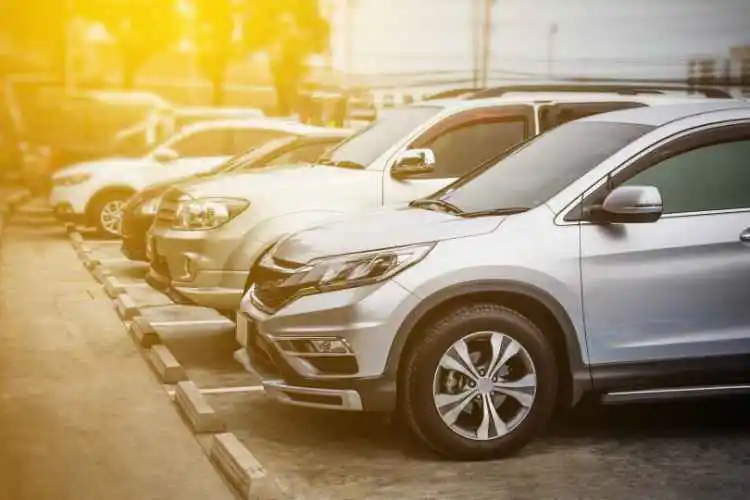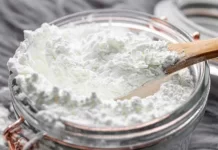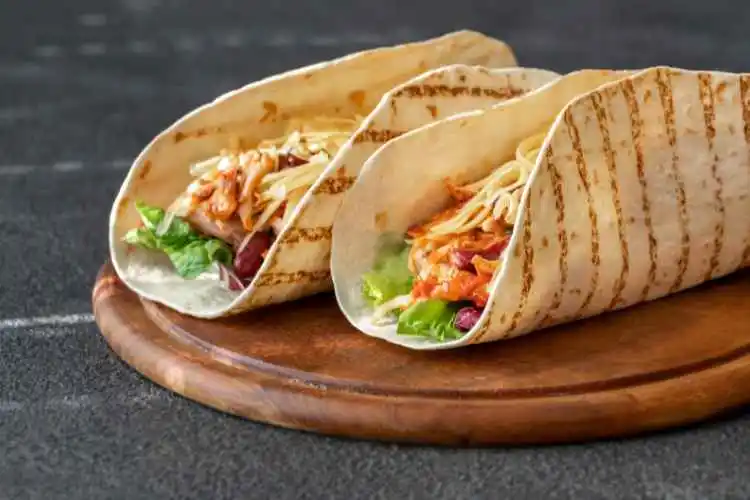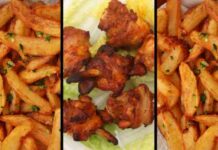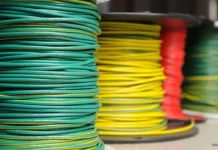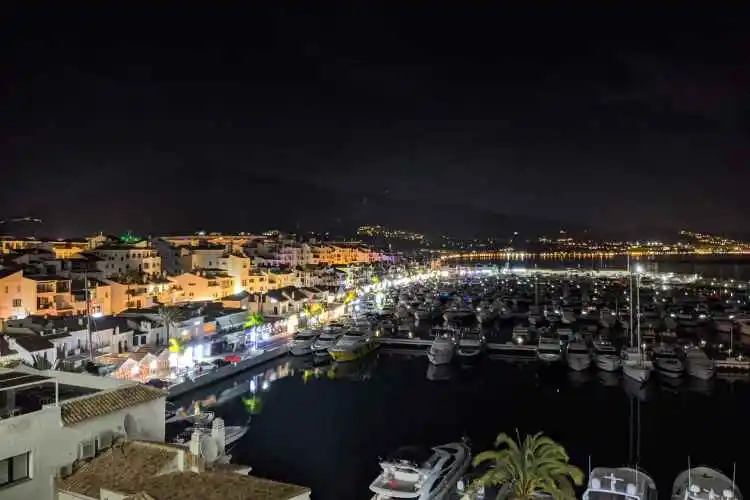Crabs are some of the most abundant crustaceans in nature. There are over 4,500 different species of crab all over the world.
People have enjoyed dining on this delicious seafood species for hundreds of years. Certain coastal communities depend on crabbing and the seafood industry to make their money.
Looking at all the different types of crabs on a menu can be confusing if you don’t know the difference between them. Here is a what’s what guide for the different varieties of edible crab you’ll see on restaurant menus.
Dungeness Crabs
Dungeness crabs are found along the western coast of the US from the tip of Alaska down to the southern end of California. They are named after the fishing village of Dungeness in Washington State.
Their big shell is their most distinctive feature, and it grows to as big as 10+ inches from side to side and weighs as much as 2lbs. The seafood industry loves to buy up these crabs as their meat is known for being particularly pink, sweet, and tender.
The peak harvest season for these crabs is during the winter months, but the season runs from November to late June. Regulations around harvesting stipulate that only male crabs over 6.25 inches in length can be harvested and sold.
Blue Crabs
Blue crabs come in as one of the smallest types of crabs on this list. They are found anywhere in the mid-Atlantic region, and they are the most harvested species of crab on the East Coast. They can also be found in the Gulf of Mexico, Japan, and all across European waters.
They are straightforward to spot. As the name suggests, they are primarily blue in color. They can grow to be between 5.5 and 10 inches in length. They are a much sought-after variety of crab for their distinct salty yet sweet flavor.
Blue crabs are often served as soft-shell seafood. Soft-shell crabs are crabs that are in the middle of the molting process, where they shed their old shell to grow a new, larger one.
Serving a soft-shell crab can be challenging as they often only remain truly soft-shelled for a few hours, and as such, they are considered a delicacy. Soft-shell crabs will be served whole and are usually deep-fried.
Stone Crabs
Found in the waters surrounding Florida, Stone carbs are a much-desired delicacy. Stone crabs are known for their large size and their sweet and firm meat.
Stone crabs are a bit different from the rest of the crabs on this list in that there are a lot of rules and regulations surrounding their use. Firstly, they are only harvested between October and May. Secondly, you’ll only ever eat the meat from the claws.
When the crabs are being harvested, fishermen will remove one claw before placing the crabs back into the water. Within 18 months, the crab will have regrown the claw that the crabbers removed.
Stone crabs have to be boiled for exactly seven minutes before being frozen or put on ice, and restaurants will almost always serve them cold with a selection of dips and sides for you to enjoy with it.
You can check out this crab recipe to see the sort of things that go well with this type of crab.
Snow Crabs
Snow crabs are, rather unsurprisingly, found in frigid waters. You can find these crabs in the Pacific North West, Northern Alaska, Siberia, Greenland, and Newfoundland.
While snow crabs don’t have particularly big bodies, they have a set of very large legs. The prominence of these legs is why they’re sometimes referred to as “spider crabs.”
They typically weigh anything between 2-4lbs, and they are harvested just as the ice begins to crack and melt in the arctic areas they live in. Male snow crabs are typically double the size of the females, and so the males are far more likely to end up being used by the seafood industry.
Their meat is known for being succulent with a salty tang and is the perfect type of crab to dunk into a pot of melted butter.
King Crab
Last but certainly not least is the king crab. They’ve more than earned the moniker of “king” for both their size and their price tag. King crabs are most commonly found in Alaska, and the industry surrounding their harvest and sale is one of the most critical industries for Alaska’s economy.
The average king crab weighs 6-8lbs and can be divided into three categories: blue, red, or brown. All three varieties of king crab are found in the waters surrounding Alaska, which is why you’ll sometimes see these called “Alaskan King Crab.”
A lot of the meat within the shell of the king crab is inedible. You can serve only about 1/4 of the meat inside the crab, which is most often from the legs or the claws.
Pound for pound, king crab is one of the most expensive types of seafood available at restaurants. Their price is partly due to the limited amount of time that crabbers have to harvest them. Quotas are also kept low to prevent over-farming of the species. Another reason for the price is the danger associated with catching these crabs.
The flavor of the meat has been likened to the taste of lobster, and it is incredibly succulent and sweet.
There Are So Many Types of Crabs to Try
So there you have some of the most common types of crabs that you can find in seafood restaurants up and down the country today. Each species of crab has its unique flavor profile and uses. There’s a world of delicious seafood out there for you to try—time for you to get out there and find your favorite.
If you enjoyed this article, then be sure to check out more of our great food and culinary content today.



